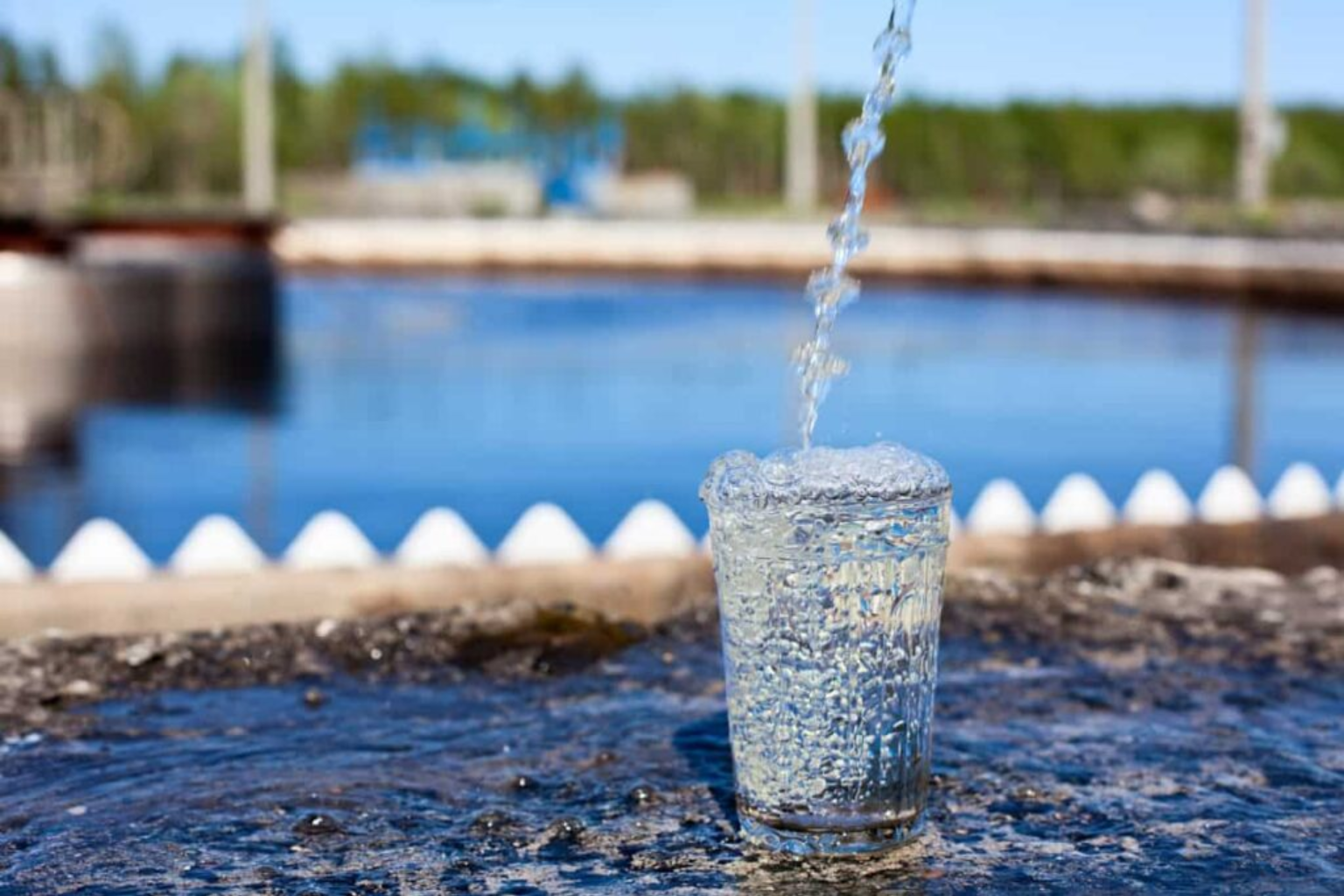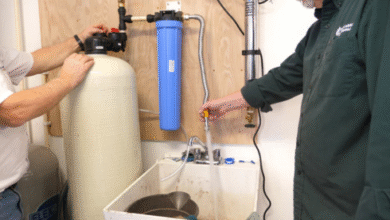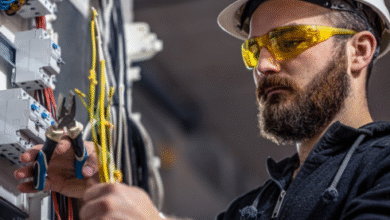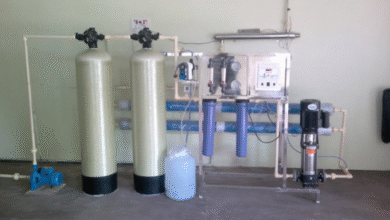Rethinking How We Treat Water: A Practical Look at Modern Solutions

There’s something oddly grounding about pouring a glass of clean water. We barely think about it—open the tap, fill the cup, move on. But behind that simple act is a hidden network of systems, engineers, and methods that make sure what we drink is safe, reliable, and (ideally) sustainable. And the truth is, water treatment has been shifting gears, not just in technology but in mindset. Companies, cities, even small businesses are waking up to the fact that water management isn’t just about pipes and filters anymore—it’s about long-term responsibility.
Why Water Treatment Feels Different Today
If you look back, old water systems were designed with one goal in mind: deliver water that’s “good enough” for people to use. But “good enough” doesn’t cut it anymore. Rising industrial demand, unpredictable climate patterns, and new contaminants showing up in supply chains have forced everyone—from municipal plants to hotels—to rethink how they handle water.
There’s also a cultural change happening. Businesses want to show they care about the environment, not just because it’s good PR but because clients, regulators, and communities expect it. The push for sustainable water treatment services has turned into more than a buzzword—it’s becoming the standard baseline for anyone working with large-scale water systems.
The Growing Role of Reverse Osmosis
One of the more fascinating shifts in the industry has been the rise of reverse osmosis systems, especially in commercial spaces. For decades, reverse osmosis (RO) was something you heard about in niche industries or fancy household filter setups. Now, it’s everywhere—from breweries to schools to entire apartment complexes.
A commercial reverse osmosis installation isn’t just about better water; it’s about control. It gives businesses confidence in consistency, no matter what’s happening outside with local water quality. Sure, it requires upfront investment, and maintenance isn’t zero-effort, but the payback is significant. Less downtime, fewer equipment issues from scaling and mineral deposits, and in many cases, improved taste and safety. Think of it as insurance, but one that actually pays you back in reduced headaches.
Chemicals and Their Misunderstood Role
When people hear the word “chemicals” in the same sentence as water, reactions are mixed. Some imagine harsh toxins; others assume it’s just chlorine and call it a day. The truth is, chemicals—when used correctly—are the backbone of effective treatment. They prevent biological growth, manage pH levels, reduce scaling, and keep systems running smoothly.
The problem isn’t the chemicals themselves but how they’re sourced and managed. Reliable water treatment chemical suppliers don’t just drop off barrels and vanish. The good ones work alongside engineers and operators to make sure dosage is precise, waste is minimized, and safety is always at the forefront. In fact, smarter dosing systems and eco-friendlier blends are already cutting down the environmental footprint of these products.
The Business Side No One Talks About
Here’s something many facility managers won’t admit openly: water treatment is usually only noticed when something goes wrong. A broken filter, a boiler clogged with scale, a sudden spike in bacteria counts. It’s not glamorous, and it rarely gets the budget spotlight until there’s a crisis.
But ignoring water until it breaks is a mistake that’s becoming increasingly costly. Regulations are tightening. Customers are paying closer attention. And downtime, especially in sectors like food and hospitality, can mean lost revenue that far outweighs the cost of preventative care. Companies that invest early in modern systems not only avoid fines and lawsuits but often save money in the long run.
Sustainable Thinking Isn’t Just for the Planet
Sustainability, in this context, doesn’t only mean “better for the earth.” It also means sustainable for the business itself. Systems that guzzle energy or require constant manual monitoring don’t last long. The most effective solutions today are designed with efficiency in mind—automated monitoring, modular systems that can expand with demand, and treatments that use less energy and fewer consumables.
A brewery installing a reverse osmosis system might save water and lower environmental impact, yes. But it also ends up producing a more consistent product and cutting costs tied to equipment repair. That’s sustainability in the full sense of the word: beneficial for the planet, and smart for the business.
The Human Element Behind the Pipes
It’s easy to forget that all these systems—filters, chemicals, membranes—are ultimately run and maintained by people. Skilled technicians, operators, and consultants form the real foundation of modern water treatment. The industry is evolving, but it still leans heavily on human judgment. Technology can flag a problem, but it’s the experience of a trained operator that ensures the right fix is applied.
This human layer also helps keep water treatment from becoming another faceless utility. Businesses that build long-term partnerships with treatment providers often find they gain more than just a service—they gain expertise that prevents small issues from snowballing into expensive disasters.
Looking Ahead: Where the Shift Is Taking Us
So, where does all this lead? If the past decade was about adopting greener practices, the next one will probably focus on integration. Imagine smarter systems tied into building automation, AI predicting equipment issues before they happen, and digital dashboards that let managers track everything from water flow to chemical usage in real time.
But even with all that tech, the principles won’t change much. Clean water, safe handling, and sustainable thinking will remain at the core. The real difference will be how seamlessly these principles get woven into daily operations, without businesses having to think twice about them.
Final Thoughts
Water treatment isn’t something most people ever want to think about, yet it’s woven into nearly everything we do—whether it’s the coffee you sip at a café or the smooth operation of a manufacturing plant. The way forward is less about inventing entirely new processes and more about refining what we already know works: cleaner, more efficient, more sustainable.
At the end of the day, rethinking water treatment is about responsibility. Responsibility to the environment, to communities, to customers, and, yes, to the bottom line. When those align, everyone wins—and the water we so casually pour into a glass carries a deeper meaning than we often realize.



